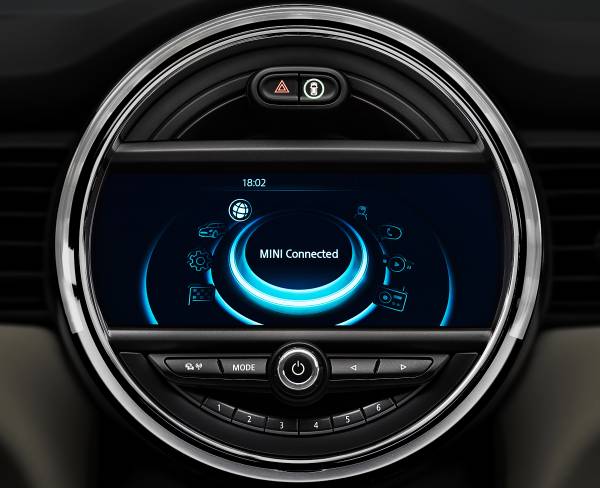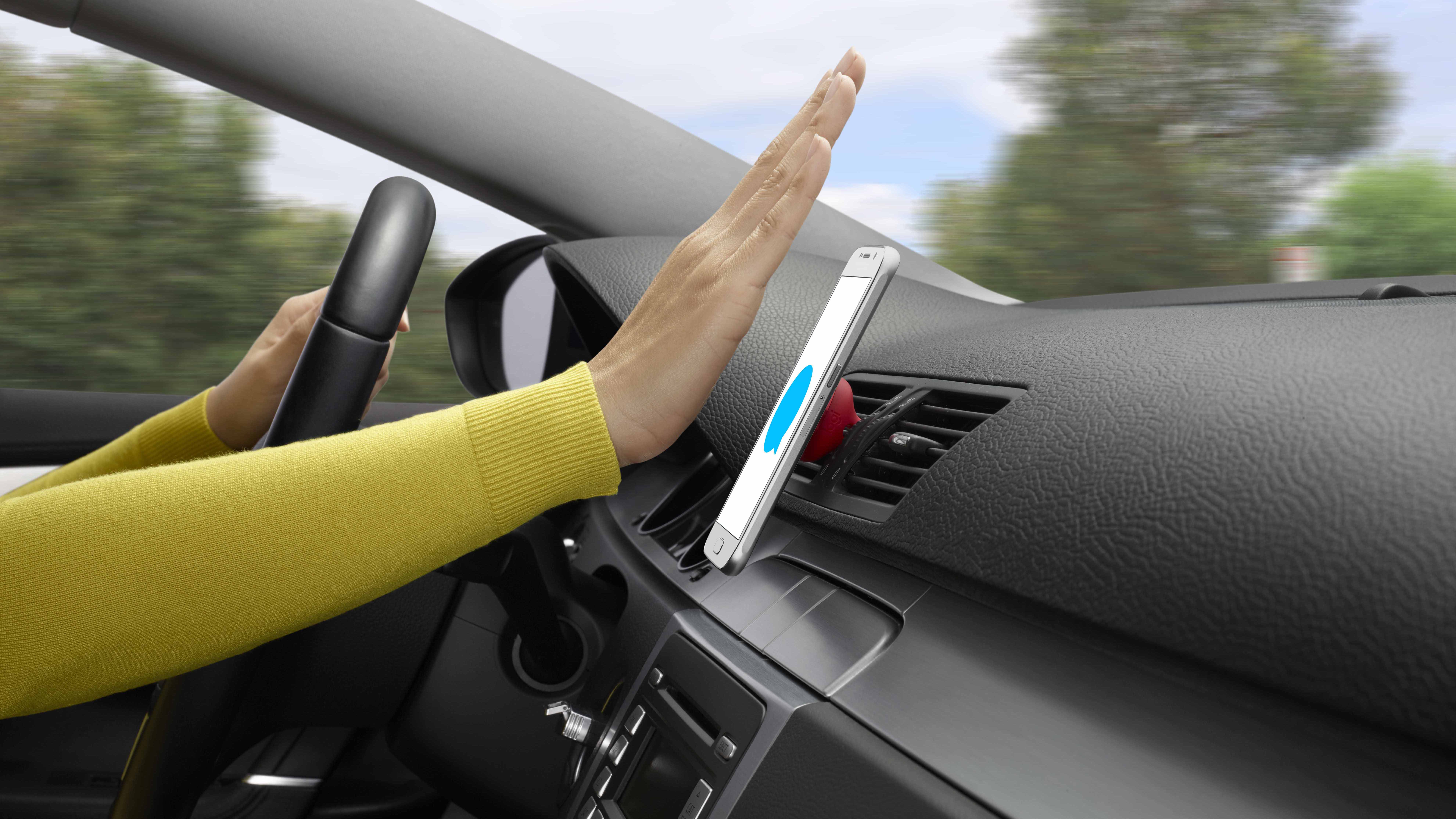
Anti theft systems are devices that are placed in areas where it is possible to access valuable items without permission. They provide protection for merchandise by providing RFID tags and GPS locators which can be used in tracking stolen items. There are many anti-theft options available. Make sure you choose the best one for your needs. Below are some of the benefits for each type. Continue reading to learn more. An anti-theft device can be installed by you.
Anti-theft equipment costs
Anti-theft devices are expensive. However, they can provide many benefits. First, almost all cars have an Audible Alarm System. This system is simple to set up and use. These systems are also quite sensitive and tend to go off regularly, which is annoying for passersby. Others devices can be more complex, like remote-disabling system that connects to a smartphone or another electronic device. These devices are usually more expensive than most people realize.
Insurance companies recognize the importance of anti-theft device and will provide discounts. Insurers want to protect their insured properties, so the devices not only help prevent thieves but also allow them to track their vehicles. Drivers who use anti-theft technology can receive discounts from top auto insurers. Because anti-theft devices have become such a popular feature, insurers tend to encourage the installation of these devices.

Installation
Anti-theft systems are required by some automakers to ensure public safety from carjackers. These systems are mandated by the United Kingdom government and UN regulations. SIAM India as well as the European Transport Safety Council require vehicle immobilizing and tracking systems. These systems are becoming more common in many vehicles and cars. What makes some automakers decide to include this safety feature in their cars? There are several reasons.
Factory-made anti-theft systems are the most effective because they are fully integrated into the powertrain and body control modules. These systems emit an audible alarm, hidden second horn and flash warning lights when the vehicle is not locked with a key. Many aftermarket anti theft systems include remote start and disable capabilities as well as GPS tracking. It is worth hiring a professional to help you install your aftermarket antitheft system if it doesn't meet your expectations.
Disablement
If you're constantly hearing the alarm on your car, you may be wondering how to disable anti-theft systems. While these systems can make your car more difficult to steal, they can also cause issues. If your key fob battery dies or you have other problems with the keys you can disable them. Here's how. Here are some tips to help your anti-theft unit stop chirping or beeping.
It is important to turn off the anti-theft feature on your car. This will make it more difficult to steal your car's engine. Once the security light has been disabled, it is important to check that it is still on. It will be either blue or red. Next, insert your key into the ignition. Wait around 10 to fifteen minutes for the engine's restart. If your car's light does not blink, it has an anti theft system.

Benefits
Anti theft systems will protect your business against loss by stopping thieves taking your goods. These systems offer many benefits. These security systems will help to deter thieves and decrease the shrinkage of your stock, as well as reduce confrontations. This will make your business look better than ever! Let's look at the main benefits of anti-theft systems in greater detail.
Anti-theft products protect your retail merchandise and vehicles from theft. Anti-theft systems can include locks, RFID tags, GPS locators, and other technology to keep your merchandise safe. These systems can alert staff if something is lost. It will help to lower prices and allow you sell more items by reducing theft. This is the most important benefit: these anti-theft system will protect your business and help you save money.
FAQ
What length of an automotive course is it?
An automotive course lasts for three years.
The first year is spent learning about cars and theory. The second year will be spent in practical training. Here you will learn how fix engines, drive and other mechanic jobs. The final year is spent doing a placement at a local garage, which gives you experience in fixing real-world problems.
Can I work as an auto mechanic without a degree? Can I study part time?
It is not essential, but it is helpful. Employers will prefer candidates who have completed a degree. It shows that you've worked hard and are determined to succeed.
You can still study while working, however. Some universities let students complete their coursework in the summer and then continue their studies during the school year. Others allow students to study part-time all year.
How long does an apprenticeship in automotive mechanics last?
The apprenticeship to become an automotive mechanic takes about three years. This includes two years at school and two years working as an apprentice. The first year is used to learn all aspects of the trade including safety procedures and theory. You will also learn to use tools efficiently and safely during this period. After completing the first year, you'll then spend another year on-the-job training where you'll gain experience in different areas of the trade. These years will offer you the opportunity to attend formal classes.
The final year of the program is spent gaining qualifications and becoming certified in the field. These include NVQs, which are obtained after passing industry-specific exams. The HNCs (Higher National Certificates), on the other hand, cover general subjects like customer service and management. City & Guilds certificates offer qualifications in certain trades.
How can I fix my automobile as a hobby.
Take up a hobby in car repair if you have an interest. You can repair them, buy their parts, sell them, or just have fun with them. It's a fun hobby that you can do if it interests you.
It's difficult to make this a fulltime job. It requires hard work and dedication. It will also require a large amount of investment.
So unless you have a good reason for wanting to get involved with cars, then it might be best to leave it alone.
What's the difference between a mechanic and an automotive technician?
The two are similar but not identical. A mechanic repairs cars and an automotive technician performs maintenance.
A mechanic needs to be able and quick to use their manual dexterity. A mechanic should also be able accurately diagnose and repair problems.
An automotive technician is required to have more technical knowledge than a mechanic. They must be able and able to read blueprints as well as use tools like drills or wrenches.
They should also be capable of safely performing complex procedures. They should also be familiarized with the different types of engines as well as electrical systems.
They must also be able to understand how various parts interact with each other.
The result is that a mechanic often earns less than an auto technician. Both careers have many options.
Statistics
- According to the BLS, the median annual salary for automotive service technicians and mechanics in the United States was $44,050 in May 2020. (uti.edu)
- Apprentice mechanics earn significantly less hourly than mechanics who have completed training, with a median wage of approximately $14.50 an hour, according to PayScale. (jobhero.com)
- There were 749,900 jobs available for automotive service technicians and mechanics in 2016, which is expected to grow by six percent through 2026. (jobhero.com)
External Links
How To
How to diagnose your vehicle properly for repair
The symptoms of your vehicle are the first thing you need to look at in order to determine whether it is in dire need of repairs. Follow these steps to properly diagnose your vehicle.
-
Check engine lights. Inspect the dashboard light indicators. These include the engine lights, the oil pressure gauge and the battery light indicators. The RPM gauge and coolant temperature gauge should also be checked. If they have been flashing for more days than usual, it could be a sign that something is wrong with the vehicle.
-
Check the treads of your tires. Tires with worn treads could cause problems when handling or braking. It is also important to inspect the wheel treads. You should ensure that they are clean and smooth. You can do this by taking off the wheels. A flashlight can be used to check how worn the treads are.
-
Observe the brake fluid level. You must keep track on the level of brake fluid in your vehicle. This helps ensure that your brakes operate properly. Low brake fluid levels could cause your brakes to fail when you apply pressure.
-
Check the suspension system. Most vehicles have a suspension system that absorbs shocks and vibrations. It allows for better control, smooth acceleration, and deceleration. You might notice a wobbly feeling or uncontrollable shaking in your vehicle if it has a problem with its suspension. To determine whether your vehicle may have a suspension issue, you can try to put weight on the rear or front axle and watch the movement.
-
Examine the steering column. Steering columns connect the steering wheels to other parts of the vehicle. Sometimes, steering columns are damaged by accidents. Replace it if your steering column feels loose or unsteady.
-
Observe the exhaust pipe. The exhaust pipe helps move gases from a combustion chamber into the atmosphere. If your exhaust pipe leaks or cracks, it will allow harmful fumes into your cabin. Also, if your tailpipe is bent, you should fix it immediately.
-
Look under the hood. If you see anything unusual, take a look under the hood. Fluids could be leaking from your engine. A professional technician should be contacted if your engine compartment emits an unusual smell.
-
Check the air filter. The vehicle's outside environment may cause the air filter to collect dust and debris. Your vehicle will run less well if it has a dirty filter. Replace your air filter regularly.
-
The fan belt should be checked. Your vehicle's fan belt connects the engine to the transmission. If the fan belt is damaged, the engine won’t turn. The process of replacing the belt is straightforward. All you need are a screwdriver & pliers.
-
Make sure you inspect the radiator hoses and hoses. The radiator hose is used to carry water from the radiator to your engine. If the hose becomes damaged or cracked, hot liquid can be emitted onto the engine. The hose can be repaired with a pair or needle-nosepliers, and a wire brush.
-
Check the windshield wipers. Windshield wipers use electricity to remove snow and rain. If they stop working, streaks could be left on your glass. You can fix the problem by changing the washer fluid.
-
Make sure you check the cables. Your car's electrical system is powered by batteries. If you are replacing batteries, disconnect the negative cord first. Failure to do so can damage your alternator.
-
Check the headlights. Headlights are used to illuminate the road ahead. If they don't work properly, it can cause poor visibility. You can check the bulbs to make sure they aren't burned out.
-
Be sure to check the lights. Lights warn other drivers when you approach them at night. You may be distracted by the light and end up in an accident.
-
Check your brakes. Before you get in a car accident, your brakes will be slowing down your vehicle. If they aren't working correctly, you could lose control of your car and crash.
-
Change your oil. Keep your engine lubricated with oil. It protects metal parts and prevents them from wearing too quickly. It is recommended that the oil be changed every other month.